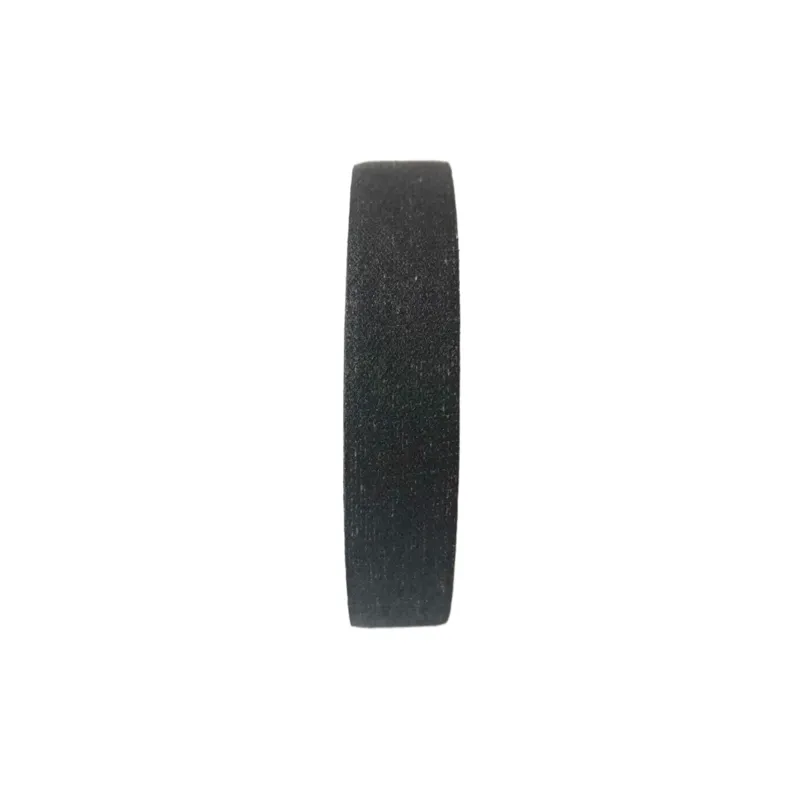Silicone and Self-Amalgamating Tape Buyer's Guide
Silicone tape is a useful addition to your toolbox as it can be used to make emergency repairs to almost anything that needs an airtight or watertight seal. It can be applied quickly and easily, with no need for adhesive.
Our buyer’s guide will tell you everything you need to know about this handy tape.
What are the features of silicone tape?
Silicone tape is a double-sided, non-adhesive rubber tape that is:
-
Heat and water-resistant
-
Strong, pliable, elastic and versatile
-
Thin (it is only 0.5mm thick)
-
Resistant to cold and heat, with an operating temperature range from -20°C to approximately 250°C
-
Resistant to chemicals and solvents
Silicone tape is also fast and easy to apply, and remove. It leaves no sticky residue, so it saves you time cleaning.
How does silicone tape work?
Silicone tape is self-fusing, which means it fixes to itself, creating a permanent bond. It does this because it is made of a specially cured rubber compound and a thin layer of silicone gel. It fuses within minutes to create a strong, insulating seal.
What is silicone tape used for?
Silicone tape has almost limitless applications, including:
-
Repairing leaking pipes and pipe joints
-
Sealing air pipes
-
Repairing vacuum hoses or joints
-
Seal out moisture from electrical connections
-
Insulate and repair cable sheaths
-
Repairing split garden hose pipes
-
Repair damaged seals in steam cleaners
-
Create grips on tools or other objects like tennis rackets
-
Bundle cables to keep them tidy
-
For first aid, to make splints and to secure dressings
-
In clinical settings, for adhering medical equipment e.g. catheters
-
For boat rigging
-
In swimming pools and for irrigation systems
-
In aerospace wiring as a splice or wrapping
PlB self-amalgamating Tape
When was silicone tape invented?
Self-fusing silicone rubber products were first created in the United States in the 1950s. The technology was originally developed by university scientists and engineers for the US military, who wanted an alternative to PVC electrical tape.
The tape is also known as ‘F4 tape’, ‘tommy’, ‘rescue’, ‘magic tape’ and ‘fix-it tape’.
How do you apply silicone tape?
-
For best results, clear any debris or dirt away from the surface to which you’re applying the tape
-
Take the tape and cut it to your required length using scissors or a stanley knife
-
Peel off the plastic backing and wrap it around the object that needs repairing. Make sure you lap it over itself three to five times to make it secure
-
Avoid getting any dirt or moisture between the layers as you wrap them, because it will interfere with bonding
-
To remove it, simply make a cut along it lengthways and peel off the tape
Is silicone tape the same as silicone sheets?
Silicone tape is different from silicone sheets. Silicone sheets are used for protecting wounds and scars in medical settings. Silicone sheeting is also used in the food, drink, manufacturing and pharmaceutical industries due to its heat resistance, hygienic qualities and versatility.
What is self-amalgamating tape?
Self-amalgamating tape is very similar to silicone tape, because it bonds to itself when it is stretched. It doesn’t contain any adhesive or gum to create a seal like most tapes. It is made of ethylene propylene rubber and needs to be lapped over itself to work.
It is used for making watertight seals, waterproofing joints, and temporarily repairing leaks in pipes, hoses and tubes.
The table below shows the different features and technical information for our silicone and self-amalgamating tapes.
|
Tape |
Features |
Technical information |
|
Self-amalgamating waterproof rubber repair tape |
|
|
|
Silicone repair tape (red or black) |
|
|
How much does silicone tape cost?
-
Our silicone repair tape is available from £5.15 per roll.
-
Our self-amalgamating tape starts from £2.39 per roll.
Where can I buy silicone tape?
You can buy silicone tape here. We offer multi-buy discounts for packs bought in bulk.
If you have any more questions about our silicone tapes, or any other tape products, please get in touch and contact us via live chat, email or telephone.
-
XIANGFAN Rubber Tape-Ultimate Solutions for All Your Insulation NeedsNewsJun.24,2025
-
XIANGFAN Rubber Tape-Protection for Industrial and Residential ApplicationsNewsJun.24,2025
-
XIANGFAN Rubber Tape: Superior Safety and Sealing for Demanding EnvironmentsNewsJun.24,2025
-
XIANGFAN Rubber Tape: Reliable Solutions for Every Electrical ChallengeNewsJun.24,2025
-
XIANGFAN Electrical & Industrial Tape: Powering Reliability Across IndustriesNewsJun.24,2025
-
XIANGFAN Electrical & Industrial Tape: Excellence in Every ApplicationNewsJun.24,2025

